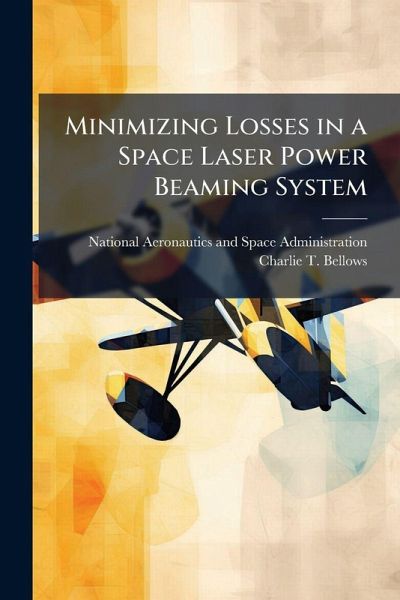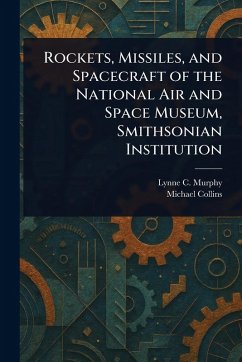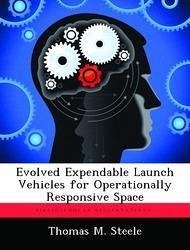
Minimizing Losses in a Space Laser Power Beaming System
Versandkostenfrei!
Versandfertig in über 4 Wochen
17,99 €
inkl. MwSt.
Weitere Ausgaben:

PAYBACK Punkte
9 °P sammeln!
A mathematical model is developed to track the amount of power delivered in a wireless laser power beaming system. In a wireless system the power proceeds through several different stages before being delivered to a payload for use. Each of these stages results in power losses that are thoroughly examined, allowing for the calculation of the likely amount of power delivered. Adjusting variable factors within the model allows for the optimization of the system for a specific task. The model shows that an optimized wireless power transfer system can deliver enough power to meet the space experim...
A mathematical model is developed to track the amount of power delivered in a wireless laser power beaming system. In a wireless system the power proceeds through several different stages before being delivered to a payload for use. Each of these stages results in power losses that are thoroughly examined, allowing for the calculation of the likely amount of power delivered. Adjusting variable factors within the model allows for the optimization of the system for a specific task. The model shows that an optimized wireless power transfer system can deliver enough power to meet the space experiment objectives. For example to power a Hall-Effect Thruster a laser, photovoltaic cells, satellite power distribution model, and batteries all impact the amount of power delivered. Careful selection of all of these components will allow the laser to power the thruster and the model provides how much power is transferred. Knowledge of the power requirements for the payload further allows the model to determine how long it will be able to operate the payload with the power provided. This model will allow system engineers to answer important design questions about the selection of components to ensure that the end product delivers maximum power. This work has been selected by scholars as being culturally important, and is part of the knowledge base of civilization as we know it. This work was reproduced from the original artifact, and remains as true to the original work as possible. Therefore, you will see the original copyright references, library stamps (as most of these works have been housed in our most important libraries around the world), and other notations in the work. This work is in the public domain in the United States of America, and possibly other nations. Within the United States, you may freely copy and distribute this work, as no entity (individual or corporate) has a copyright on the body of the work. As a reproduction of a historical artifact, this work may contain missing or blurred pages, poor pictures, errant marks, etc. Scholars believe, and we concur, that this work is important enough to be preserved, reproduced, and made generally available to the public. We appreciate your support of the preservation process, and thank you for being an important part of keeping this knowledge alive and relevant.












